Secrets to Amazing Waterfall Images
In this article I walk through my process for photographing and creating images that contain waterfalls.
Waterfalls make great subjects for landscape photography, especially for long exposures. In this article I explain my approach to photographing waterfalls.
Pay attention to shutter speed
Shutter speed is extremely important when photographing waterfalls. The longer the shutter speed, the smoother the water will look. Whereas the shorter the shutter speed, the more static the water will look. I tend to select my shutter speed based on the size of the waterfall I am photographing. A small waterfall with water that moves slowly usually looks better with a longer shutter speed, whereas a big waterfall usually looks better with a shorter shutter to really convey how powerful it is. Generally I start with a shutter speed around 1/4 second an go from there
Use an ND filter
Based on how bright it is during the day I to use an ND filter to achieve a longer shutter speed and slow the water down even further. I have a 3 stop, 6 stop, and 10 stop ND filter. Typically the 3 stop is perfect for waterfalls.
Use a tripod
Because I slow my shutter speed down to convey movement in the water as described above, I also use a tripod to make sure that my images are tack sharp. I also prefer to use a tripod because it really helps to refine my composition in the field.
Keep a lens cloth handy
When water is rushing towards the camera, water gets on the lens and creates blotches that are difficult to get out in post-processing. I always keep a lens cloth available to wipe down my lens in between shots and to reduce the number of water drops on the lens.
Get in the water
This made the biggest difference for me in taking my compositions to the next level. Getting into the water opened up a whole new world of compositions that normally aren’t available on land. The water really feels like it’s jumping off the screen and has a tendency to make the viewer feel like he / she is standing in the image. In order to get in the water easily I always carry a set of waders just to be safe.
How to Create Amazing Images Using Long Exposures
Today I want to talk about how to use long exposures in your landscape photography. Long exposures are a great way to show movement in a scene, especially when clouds and water are involved. Once you try it, you’ll love using the technique. Here are a few tips to keep in mind that will help as you get started.
Today I want to talk about how to use long exposures in your landscape photography. Long exposures are a great way to show movement in a scene, especially when clouds and water are involved. Once you try it, you’ll love using the technique. Here are a few tips to keep in mind that will help as you get started.
Use a shutter release cable
Because the camera shutter is open for so long, the camera is extra susceptible to movement. I use a shutter release to make sure that my camera doesn’t move. Plus, using a shutter release in bulb mode makes it easier to take take exposures longer than 30 seconds.
Use a neutral density filter
Depending on how bright it is how outside, you might need to use a neutral density filter to achieve your desired shutter speed. I have 3 different versions: a 3-stop, a 6-stop, and a 10-stop. The 3-stop filter is great for achieving shutter speeds between 1/4 second and 1 second, which can show movement in water. The 10 stop filter is great for 4 or 5 minute exposures that blur clouds.
Use Photopills or another app to determine your shutter speed
When taking an exposure longer than 30 seconds in bulb mode, the camera can’t calculate the shutter speed for a properly exposed image. In this situation, I use Photopills to determine my shutter speed, but there are other apps available as well. All you need to do is input the shutter speed for a properly exposed image without an ND filter, then enter your ND filter information, and Photopills tells you the correct exposure with the ND filter on.
Experiment with different shutter speeds
Don’t be afraid to experiment with different shutter speeds and ND filters. Sometimes a 1 or 2 second exposure looks best, sometimes a 1 or 2 minute exposure is the way to go. It all depends on the feeling you are trying to convey with your image. Typically, when I want to show movement in water I start with a shutter speed of 1/4 second. If I want to show movement in the clouds I start with a shutter speed of 2-3 minutes. But it all depends, so experiment and have fun!
Using a long exposure is one of my favorite techniques. Feel free to message me if you have any questions, and sign up for my list so you’ll know when my next article is released.







